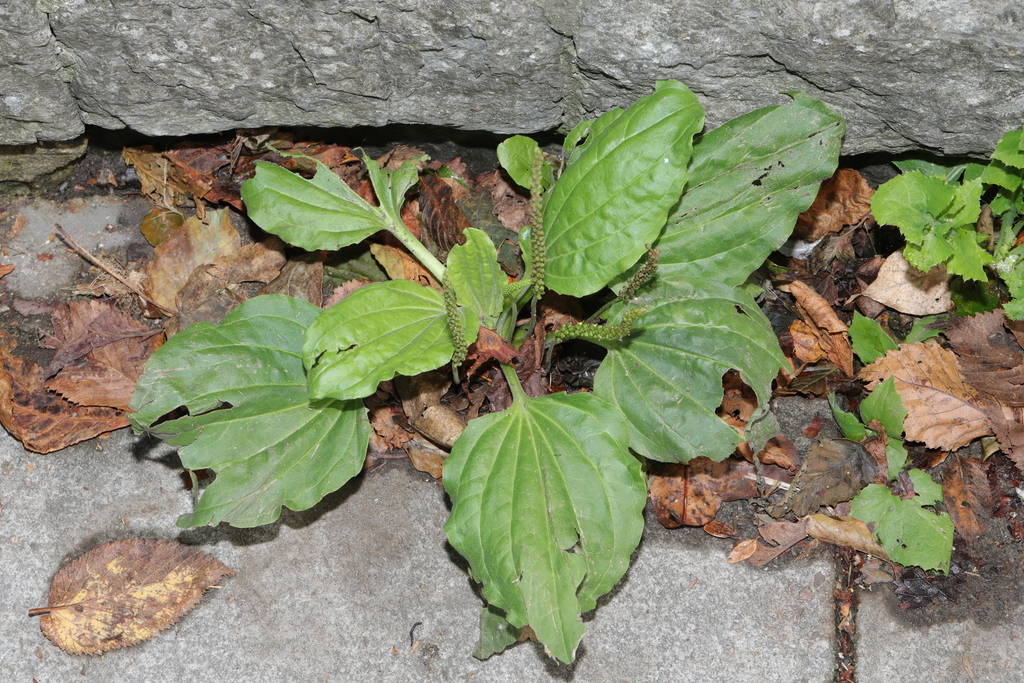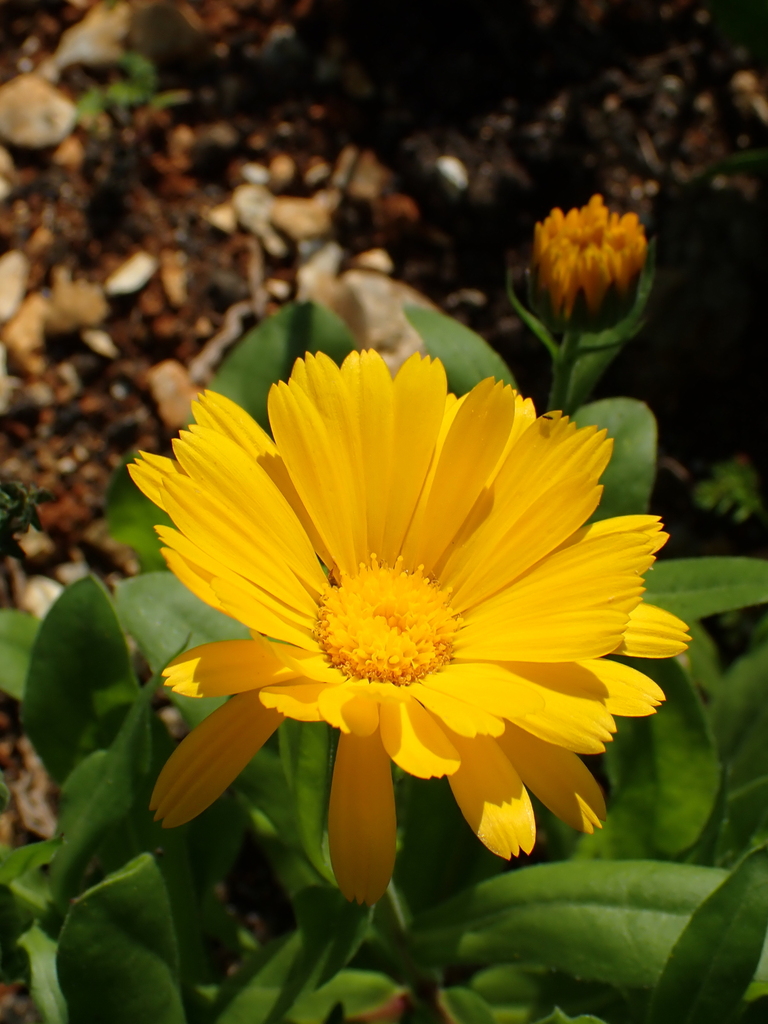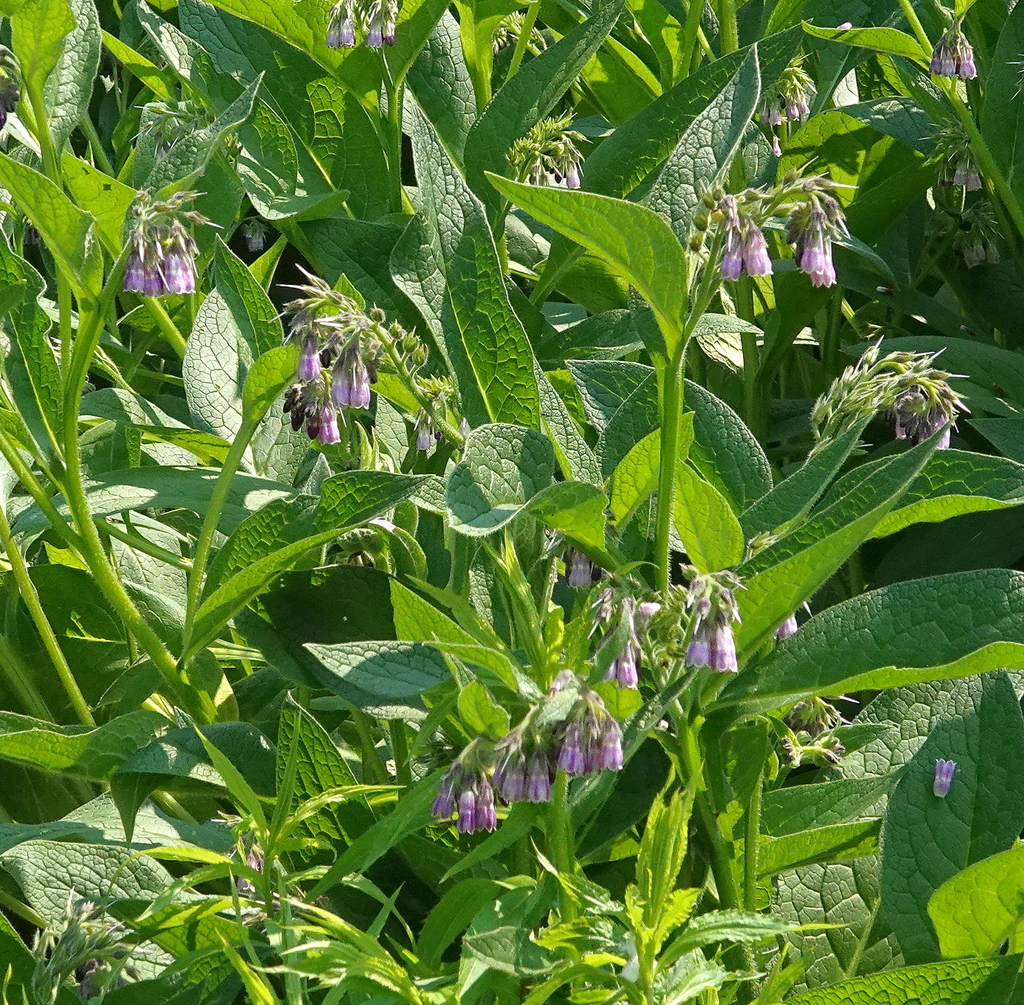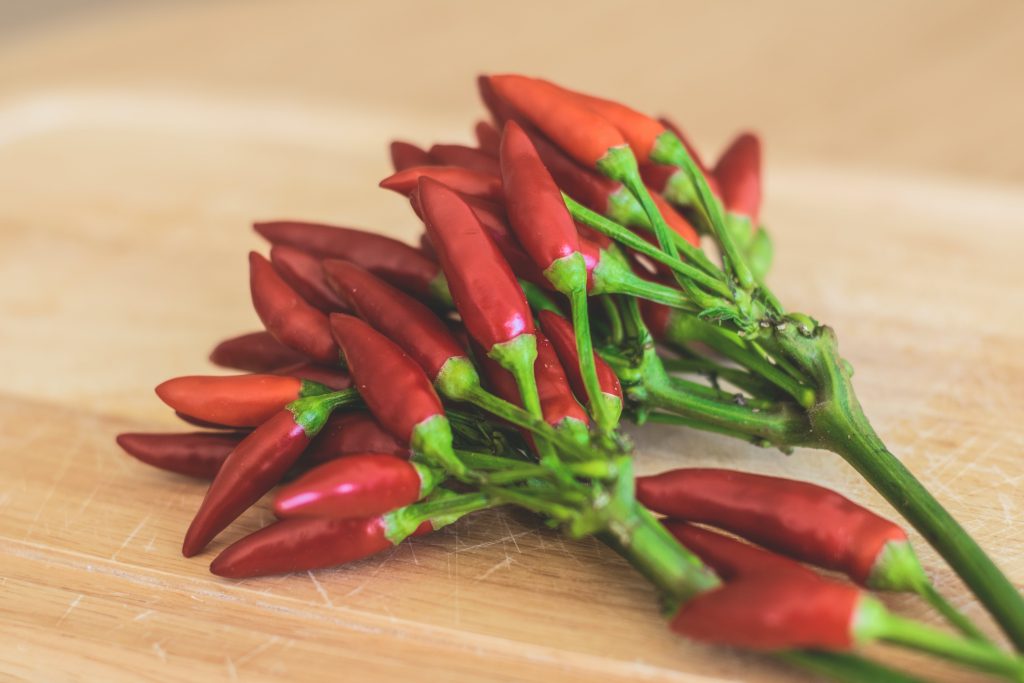When it comes to preparedness, one of the first things you should have ready is a first aid kit. While they are easy to acquire and store, there are many situations where you may run out of supplies or not have immediate access to one when you need it. Luckily, nature provided humans with the means to help themselves long before humans ever came up with synthetic versions. In the case that you don’t have access to the conveniences of modern medicine, knowing herbs for first aid will mean that you won’t be completely out of control. A little bit of plant identification can go a long way.
The best part is, you are probably no more than 20 ft from at least one plant that could help at all times. From experience, there is nothing better than getting stung by a bee and needing to do nothing more than crouch down to retrieve something that can help.
A Note on Identification
I will not be covering identification in this article, but I will provide scientific names so you can be sure you research the right plant. As a rule, you should make sure you are 100% confident in your identification before using any plant. That said, people consider the following plants fairly easy to identify. They are also common enough that there is plenty of information on them and you will have many opportunities to practice you ID skills.
Backyard Herbs for First Aid

Plantain (Plantago lanceolata or Plantago major): Best Herb for Drawing
Plantain is indispensable. This plant is invasive to North America and is found frequently in mown areas almost anywhere there is human development.
Its primary action is drawing. In other words, it will encourage anything in a wound or under the skin to push its way out onto the surface. This makes it ideal for splinters, abscesses, wound packing, and insect bites.
Bites and stings are the simplest issues to fix with plantain, as it will pull the venom out and offers quick relief. For this use, it is easiest to use the oldest method of poultice-making. Find a clean leaf or two and chew it briefly without swallowing the juices. Spit it out onto your fingers and apply to the sting. Reapply as needed until the pain goes away.
The other thing plantain is wonderful for is packing a wound, particularly one that has anything in it (gravel, glass shards, etc.). It not only draws out debris and pus but helps to speed the process of healing.
With an open wound, the procedure will be different. You must thoroughly clean the wound and leaves before use. Then crush the leaves as much as you can with your fingers to start to get the juices out of the leaf before applying. Dress and redress the wound as you would normally, replacing the leaves when you redress.
Plantain can be of great assistance with abscesses as well. Remove as much pus as you can physically and pack the wound with plantain leaves as above.
Yarrow (Achillea millefolium): Best Herb for Bleeding

Yarrow grows a couple of inches tall when it is frequently mown or up to 4ft tall when allowed to grow and flower. It is native and found in sunny fields or roadsides, particularly where the soil has been disturbed. It is also frequently cultivated as an ornamental with pink or yellow flowers. Wild and cultivated types are both potent.
Yarrow is the number one herb to stop bleeding. It does this through its high astringency, meaning it causes tissues to contract. In our household, we even powder it and use it as a replacement for styptic powder. You can use it just as effectively fresh. Pick several clean leaves and bruise them, then apply to the area with pressure until bleeding stops.
(It carries the same properties internally, so eating or making a tea of it can be helpful for excessive menstrual bleeding.)
Yarrow is also wonderful for the inflammatory swelling that comes with blunt force trauma. A friend of mine had a major ankle injury and immediately applied bruised leaves. In an hour or two, the swelling that would have shown up had been completely mitigated. As an added bonus, it helps deal with the bruising too.
For unbroken skin, you can use the same chewing method as plantain. Some spit does make it stick better if the body part can’t be held horizontally. However, the distinctive, feathery leaves can be quite bitter and dry depending on when it is harvested, so you may prefer crushing it instead of chewing.
Calendula (Calendula officinalis): Best Herb for Healing Skin
 Calendula is usually found in gardens. Its common name is marigold, but this is not to be confused with the ornamental marigold of the Tagetes genus which has a dense ball of petals rather thana daisy-like appearance.
Calendula is usually found in gardens. Its common name is marigold, but this is not to be confused with the ornamental marigold of the Tagetes genus which has a dense ball of petals rather thana daisy-like appearance.
The part of the plant used is the petals, and their main function is as a vulnerary. A vulnerary is a skin healer—for anything from cuts and bruises to irritation and burns. Herbalists specifically regard calendula for its use in healing burns and its anti-inflammatory and antibacterial properties.
The most common way to use this herb is in an oil. Lots of resources exist on how to make an herbal oil, but the general concept is that you would put the petals in some kind of cosmetic oil (you may have olive oil, grapeseed oil, or coconut oil on hand) and either use the sun and time or a very low heating element to help the compounds infuse in the oil. Optionally, you can melt a small amount of beeswax into the oil to make it firmer at room temperature.
You can use this salve on burns, sunburns, cuts, and even just dry skin. You can use it on irritations too, just not poison ivy rash, as oils help it to spread.
Comfrey (Symphytum officinale): Best Herb for Healing Connective Tissue
Another garden plant, people grow comfrey ornamentally for its clumping form and flowers and often as a companion plant for fruit trees. A lot of conflicting information exists on comfrey’s medicinal use because some scientific studies found very large doses of extracts taken internally to cause liver damage in lab animals. Although I could discuss these studies and the actual safety of comfrey at length, I will focus on the external use which the scientific community widely regards as safe.
Comfrey is another vulnerary—one that I actually include in my calendula-based burn salve—but it is more famous in its use for connective tissue. For centuries, comfrey has had common names referring to its use in healing broken bones. (It has recently been acknowledged as a therapy for various musculoskeletal issues.)

For first aid, comfrey is best to use for blunt force injuries and the like. You can prepare and apply it similarly to plantain and yarrow on broken or unbroken skin. You can make the poultice either fresh or reconstituted by adding a bit of hot water to dried leaves. Apply to the skin with heat or ice depending on the injury (and the availability considering you may not have power in a situation like this), and change the leaves every several hours.
Cayenne (Capsicum annuum): For Bleeding and Heart Attack
This hot culinary pepper has two surprising uses. First, you can use it similarly to yarrow to stop bleeding. (And no, you can’t feel the heat!) Secondly, it can be a lifesaver when used for a heart attack. 911 should always be your first go-to in case of a heart attack, but in a survival situation you may not be able to get the help of medical personnel.

While aspirin has studies to back up its use for a heart attack, cayenne does not. But while no proper studies have been done on cayenne’s effectiveness, (you can imagine that that might be difficult to gather data on!), you may not have access to aspirin either. Cayenne is, however, scientifically connected to heart health. In a dire situation, it would be worth a shot.
Cobwebs: Not an Herb!
This is a bit of an unconventional one and admittedly not something I have tried myself. I can’t imagine it would be easy to find large enough quantities of cobwebs which aren’t dusty. Spider silk, however, is coagulant, so you can use it both as a kind of gauze and for reducing bleeding.
Conclusion
In a disastrous scenario, you might not have access to even the supplies you had prepared. By developing some skills and practicing them in your daily life, you can source from the world around you. Get started on the basics with these herbs for first aid and learn how to take care of you and your loved ones no matter the situation.
Disclaimer: The information in this article is intended for educational and entertainment purposes only. It is not a substitute for professional advice. The content creator does not assume any responsibility or liability for the accuracy, completeness, or usefulness of the information provided.
=====
Become a Survival Dispatch Insider …
We bring together survival enthusiasts and preppers to share skills and knowledge, so you can enhance your preparedness for emergencies and ensure the safety of you and your community.
The Results You’ll Get …
Our community, courses, and memberships are pretty special. We’re focused on the ways it will make a huge difference in your life.
Here are a few of the things you’ll be able to do as a member of Survival Dispatch Insider …
1) Improve your emergency preparedness by learning survival skills and strategies from experienced preppers.
2) Build lasting connections with like-minded individuals that share your passion for safety and readiness.
3) Access a wealth of knowledge and resources to assist in protecting you and your community during unexpected situations.
Click HERE to get started.
=====
